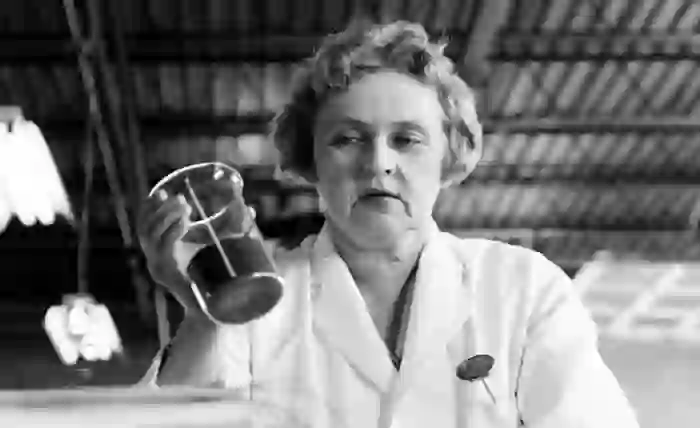Mária Telkes: The Sun Queen of Solar Energy

Mária Telkes was a Hungarian-American scientist and inventor who pioneered the development of solar energy technologies. She was born in Budapest in 1900 and moved to the United States in 1925. She worked on various projects involving thermoelectricity, biophysics, and solar distillation. She was also involved in designing some of the first solar-heated buildings and solar ovens. She was nicknamed “The Sun Queen” by her colleagues for her passion and innovation in harnessing the power of the sun. In this blog post, we will explore her life, work, and legacy.
Early Life and Education
Mária Telkes was the daughter of Aladar Telkes and Mária Laban de Telkes. Her grandfather Simon Telkes was from a Jewish family, but her father converted to Unitarianism and magyarized the family name to Telkes. Her father was also a prominent engineer and inventor who worked on electric railways and telegraphs.
Mária attended elementary and high school in Budapest, where she excelled in mathematics and physics. She then studied at the Eötvös Loránd University, graduating with a B.A. in physical chemistry in 1920 and a PhD in 1924. She became an instructor at the university and published several papers on thermodynamics and electrochemistry.
Career and Achievements
Mária Telkes moved to the United States in 1925, where she visited a relative who was the Hungarian consul in Cleveland, Ohio. She was hired by the Cleveland Clinic Foundation to work as a biophysicist with George Washington Crile, a famous surgeon. They invented a photoelectric device that could record brain waves and co-authored a book called Phenomenon of Life.
Telkes then worked as a physicist at Westinghouse Electric, where she developed metal alloys for thermocouples that could convert heat into electricity. She also became interested in solar energy and wrote to the Massachusetts Institute of Technology (MIT) about working on its new solar energy program. She was hired by MIT in 1939 and stayed there until 1953.
Read more about Rudolf Weigl: A Polish Hero Who Invented a Vaccine and Saved Thousands of Lives
At MIT, Telkes worked on various projects involving solar energy conversion and storage. During World War II, she was assigned to the U.S. Office of Scientific Research and Development, where she created one of her most important inventions: a solar distiller that could produce fresh water from seawater using sunlight. The device was used by the U.S. Navy to save the lives of downed pilots and shipwrecked sailors. It was also scaled up to provide water for remote areas such as the Virgin Islands.
After the war, Telkes continued her research on solar energy applications at MIT. She collaborated with architect Eleanor Raymond to design and build one of the first solar-heated houses in Dover, Massachusetts, in 1948. The house used phase-change materials to store solar heat during the day and release it at night. It was considered a milestone in solar architecture and attracted worldwide attention.
Telkes also invented a solar oven that could cook food using sunlight as the only source of energy. The oven consisted of a metal box with glass panels and reflectors that focused the sun’s rays onto a cooking pot. The oven could reach temperatures of up to 150 °C (300 °F) and could be used by children safely. Telkes donated several of her ovens to developing countries where fuel was scarce or expensive.
Telkes received many awards and honors for her work on solar energy technologies. She was the first recipient of the Society of Women Engineers Achievement Award in 1952. She was also inducted into the National Inventors Hall of Fame in 2012. She registered more than 20 patents for her inventions.
Later Life and Legacy
Mária Telkes left MIT in 1953 and became an associate research professor at New York University, where she worked until 1960. She then joined the University of Delaware as a research professor of metallurgy until 1977. She retired from academic work but remained active in consulting and lecturing on solar energy.
Telkes returned to her native Hungary in 1995, where she died later that year at the age of 94. She was buried at the Farkasréti Cemetery in Budapest.
Telkes is widely regarded as one of the pioneers and founders of solar energy technologies. Her inventions have contributed to the advancement of renewable energy sources and environmental sustainability. Her vision and creativity have inspired generations of scientists and engineers to explore new ways of harnessing the power of the sun.




